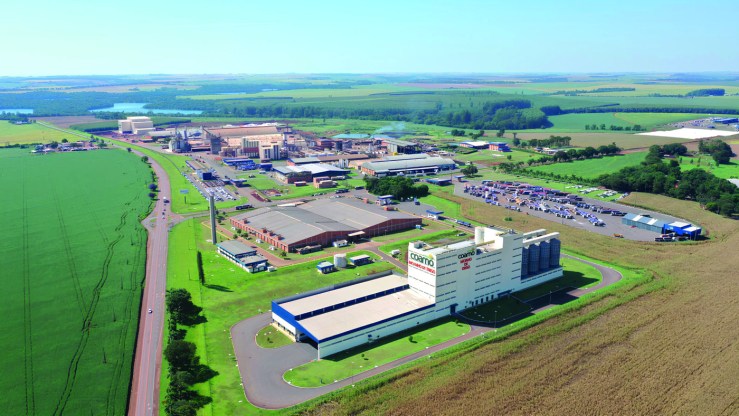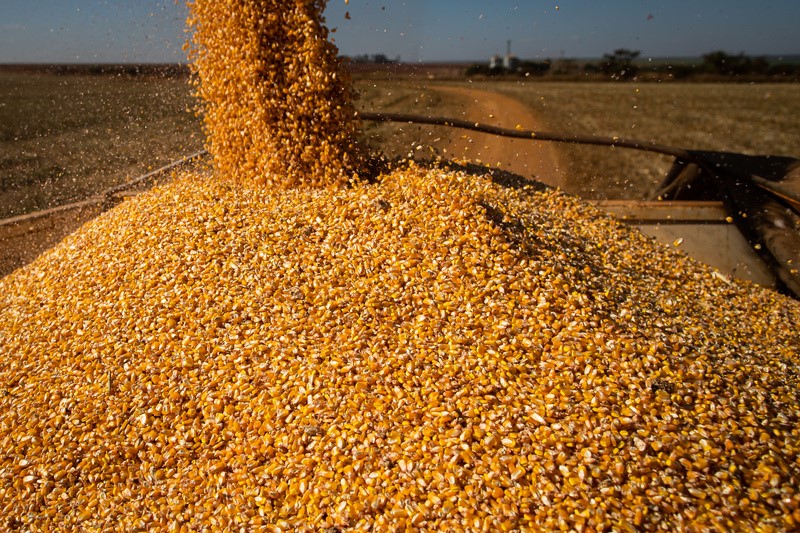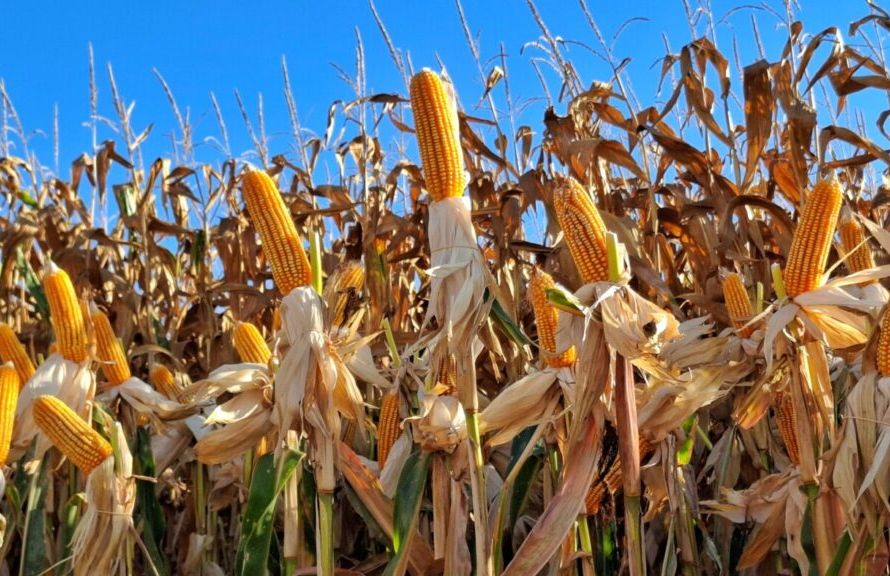On August 13, the IBGE published preliminary slaughter data for the second quarter of 2025, which confirm a timid resumption of growth in pork production in Brazil. The three proteins (chicken, beef and pork) grew in the 2nd quarter of 2025, both compared to the 2nd quarter of 2024 and to the 1st quarter of 2025. Hog slaughter totaled 14.87 million head in the 2nd quarter of 2025, an increase of 1.64% (+240,527 head) compared to the 2nd quarter of 2024 and of 3.78% compared to the 1st quarter of 2025. Carcasses totaled 1.40 million tons, an increase of 4.72% (+63,134) compared to the 2nd quarter of 2024 and of 6.10% compared to the 1st quarter of 2025 (table 1).

Table 1. Brazilian monthly swine slaughter from January 2024 to March 2025 (*), in heads, tons of carcasses and average carcass weight, compared with the same period of the previous year and with the immediately preceding period. Highlighting the 1st and 2nd quarters of 2024 and 2025. (*) data from the 2nd quarter of 2025 are preliminary. Prepared by Iuri P. Machado with data from IBGE
It is noteworthy, in the same table 1, that in the months of May and June 2025, the average carcass weight increased significantly, reaching 95 kg in June. This indicates stock retention on farms, which was confirmed by the drop in live hog prices during the period, extending through July. There is no denying that this drop in prices was influenced, albeit partially, by the problems faced by the chicken and beef supply chains. In the case of poultry, the outbreak of avian flu in Rio Grande do Sul, reported in mid-May, impacted the reduction in chicken exports (graph 1) and consequently a significant reduction in the price of chilled chicken in the domestic market (graph 2). It is estimated that Brazil stopped exporting more than 250,000 tons of chicken between May and July 2025. in natureMost markets have already reopened to Brazilian chicken, with China being the most important buyer, which still maintains a complete suspension of our exports of this protein.

Chart 1. Brazilian exports of fresh chicken meat between Jan/24 and Jul/25, in tons. Highlight for June/25, when the volume was the lowest in the period. Prepared by Iuri P. Machado, with data from Secex

Chart 2. Average monthly price of chilled chicken in São Paulo (SP), in R$/kg of carcass, over the last six months. Average from August to August 15, 2025. Source: CEPEA
On the other hand, Trump's announcement of a 50% surcharge on imports from Brazil sparked significant concern within the Brazilian beef industry. This is because the US accounted for approximately 12% of Brazilian beef shipments, or 3% of Brazilian production. However, US purchases had already been declining even before this announcement, and in July 2025, Brazil broke its beef export record, with nearly 280,000 tons shipped, with only 12,600 (4,57% of the total) going to the US (chart 3).

Chart 3. Brazilian exports of fresh beef, total and to the US, in tons, from January 24 to July 25. Prepared by Iuri P. Machado, with data from Secex
Even with rising exports, beef cattle prices in July/25 fell to their lowest level of the year (chart 4). With slaughter surprisingly higher than last year so far, beef cattle prices have not yet seen the significant increase expected for the cycle's turnaround.

Graph 4. CEPEA/ESALQ Livestock Cattle Indicator (R$/@) in the state of São Paulo. Source: CEPEA Average from August to 08/15/2025.
Pork exports in July, for the first time this year, declined compared to the same period last year (table 2). Even so, year-to-date, export growth remains quite significant (more than 14%) and, partial data for August, collected up to the 15th, shows an average daily volume of close to 6 thousand tons of pork. in nature shipped, indicate a resumption of volumes higher than those of 2024, demonstrating that the decline in shipments in July was specific.

Table 2. Exported volumes of Brazilian fresh pork (in tons), month by month, in 2021, 2022, 2023, 2024 and from January to July 2025. Prepared by Iuri P. Machado, with data from Secex.
This entire context of reduced chicken exports, speculation about the impact of US tariffs on beef, a one-off decline in pork exports, and a cooling of domestic demand during school holidays led to a significant decline in pork prices in July, both for live animals and carcasses. However, August saw a consistent rise in prices, with an upward trend in the coming weeks (graphs 5 and 6 and table 3), indicating that the adjustment in supply and demand for pork is less affected by the recent turbulence in chicken and beef.

Chart 5. LIVE PIG Indicator – CEPEA/ESALQ (R$/kg) in MG, PR, RS, SC and SP, daily, in the last 12 months, until August 18, 2025. Prices indicated in the chart refer to the month of July/25. Source: CEPEA

Table 3. Weekly price of the Belo Horizonte Pork Exchange (BSEMG) in 2025 (R$/kg live), until the meeting of 08/14/2025. Highlighted in blue for upward movement and yellow for downward movement. Prepared by Iuri P. Machado, with data from BESEMG.

Chart 6. SPECIAL PORK CARCASS Indicator – CEPEA/ESALQ (R$/kg) in São Paulo/SP, monthly, over the last 12 months. Average from July/25 to August 18, 2025. Source: CEPEA
Conab confirms record corn harvest in Brazil and USDA confirms historic harvest in the United States
CONAB released, on the 14th, the eleventh survey of the 2024/25 harvest, with an increase of 5 million tons of corn, in relation to the previous survey, and for the second harvest alone (safrinha), the entity projects a volume of 109 million tons, totaling more than 137 million tons in the sum of the three national harvests of the 2024/25 period.
The US crop, which will be harvested in October, and which the USDA estimated at around 400 million tons, in the US agency's latest bulletin, published a few days ago, projected an impressive 425 million tons, which should ensure some stability in international prices in the coming months.
According to the consultancy firm Mbagro, the floor for corn prices in Brazil appears to be behind us, with consistent domestic demand driven by the corn ethanol industry and the livestock sector, which remain steadfast in purchases, supporting prices in the Midwest. Mbagro also notes that foreign and domestic markets are expected to follow different trajectories. While Chicago reflects the bumper American harvest and shows falling prices, sales in Brazil are expected to remain strong, with August shipments increasing after a weaker July. Demand for Brazilian grains is expected to increase, supporting prices in the short term.
Final considerations
ABCS president Marcelo Lopes explains that the turbulence in the chicken and beef supply chains is gradually being left behind, and pork pricing is no longer "contaminated" by the dynamics of other proteins. "Thus, the price paid to producers is already showing a consistent reaction in August, allowing for a very favorable outlook with stable costs, guaranteed by the abundant second Brazilian corn crop, now nearing harvest."
He also explains that the expectation of a record corn harvest in the US and the growth of Brazilian corn exports will set the tone for prices in the coming months. "Producers should keep an eye on corn shipments, the exchange rate, and the export price parity for this grain, as well as confirmation of the US harvest to anticipate potential changes in the price bias for this input in the domestic market," he concludes.





